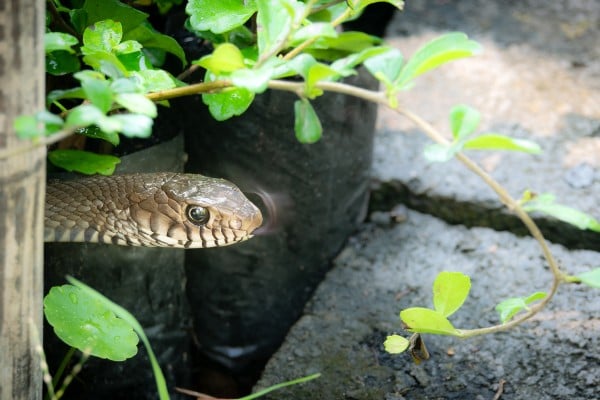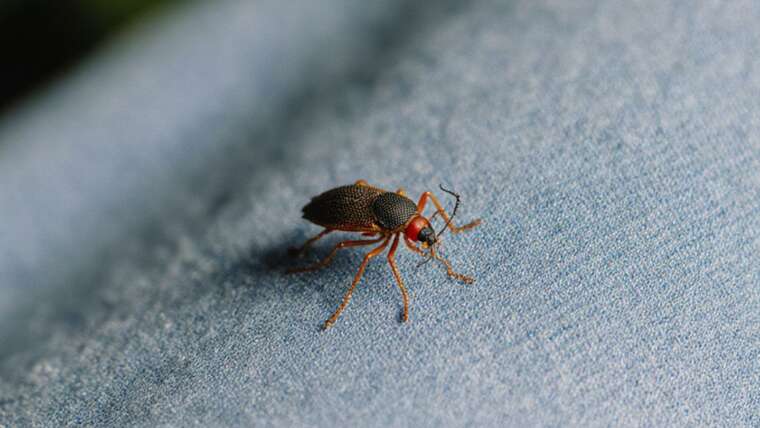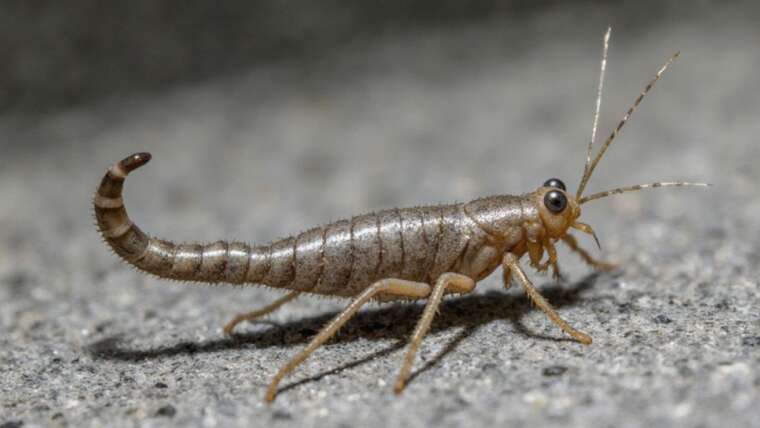Snake holes in your yard serve vital functions for snakes, including providing shelter and a reliable food source. Unlike many animals, snakes often do not dig their own holes; rather, they take over burrows abandoned by other species, such as rodents or other small mammals. These sheltered environments enable snakes to regulate their body temperature, evade predators, and effectively ambush their prey. Various types of snakes, including garter snakes, rat snakes, and king snakes, can often be found residing in these burrowed habitats. While each species has its own distinct habitat preferences and hunting techniques, they all share the fundamental requirement for a secure home base—often provided unintentionally by your yard.
Tip: To create a snake-friendly environment while keeping them at a safe distance, consider adding native plants that attract beneficial insects and small mammals. This encourages ecological balance while minimizing direct snake encounters.
What do snake holes look like?
Snake holes can vary significantly in size, typically ranging from a small coin diameter to about two inches wide. Distinguishing between snake and rodent holes can be a challenge, as they often appear alike. However, snake holes generally have smoother edges due to the snake’s slithering movement, while rodent holes tend to display more debris and jagged openings as rodents dig and burrow more actively.
Additionally, snake holes are frequently located in areas abundant with hiding spots and food sources, such as thick vegetation or near water bodies that serve as habitats for insects and rodents. To determine if a snake hole is actively used, watch for fresh indications like tracks leading to or from the hole, recently shed snake skins, or droppings in the vicinity.
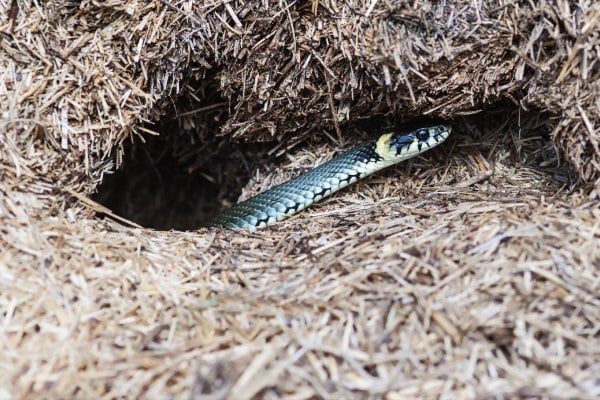
Look for shed snake skins
The presence of shed skins near a snake hole can be a strong indicator that the hole is currently in use, as snakes shed their skin several times a year for growth. This shedding process is crucial, as it helps them eliminate parasites along with their old skin. Finding a shed skin generally signals that a snake has been present in the area recently. Nonetheless, it’s vital to avoid disturbing the skin or attempting to interact with the snake, as snakes can be unpredictable, and such disturbances may provoke a defensive reaction.
Tip: Consider keeping a journal of your observations; noting the time of year, location, and conditions when you find shed skins can enhance your understanding of local snake activity and seasonal behaviors.
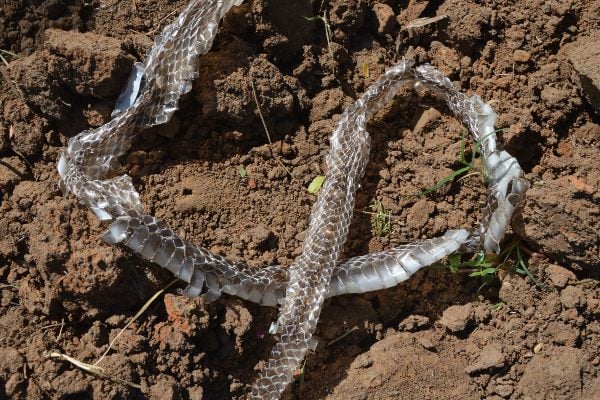
Look for snake feces
Another indicator of nearby snake activity is the presence of snake droppings, which typically manifest as thick, pasty, dark brown smears with a white chalky deposit at one end. The size and characteristics of the droppings can vary significantly depending on the species and size of the snake. Often, remnants of the snake’s diet, such as insect parts, small mammal hair, or even bones, may be present, which can help in identifying the specific types of snakes active in your area.
Tip: If you discover droppings, consider photographing them for further identification and research. Various online resources can help you correlate the excrement with particular snake species for a deeper understanding of your local wildlife.
Where else can snake holes be found?
Beyond your yard, snake holes can appear in various natural or urban environments that offer shelter and food. Common locations include foundation cracks beneath rocks or logs, dense underbrush, and along creek beds or other water sources. Snakes are drawn to these areas because they provide ample cover and a close proximity to potential prey.
Tip: If you’re hiking or exploring natural areas, be mindful of your surroundings and take note of snake hole locations. This awareness can enhance your nature excursions and improve your wildlife observation skills.
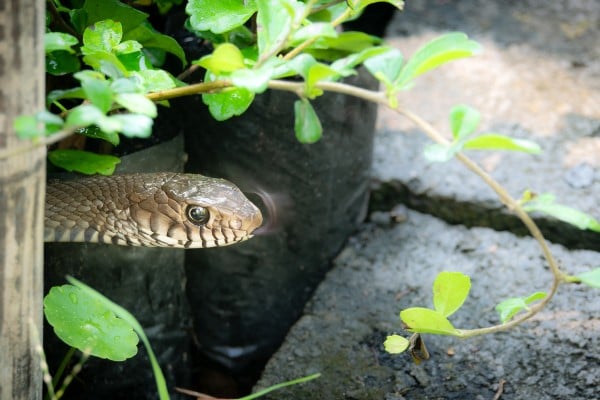
What to do when you’ve identified a snake hole
Coming across a snake hole in your yard or around your home can understandably cause concern. The most crucial step is to remain calm and prioritize safety. Don’t attempt to interact with or remove the snake yourself; snakes, particularly venomous ones, can behave unpredictably. Disturbances may provoke defensive behaviors, potentially leading to bites. The safest approach is to seek assistance from a professional wildlife removal service.
At Terminix, our trained experts are well-equipped to address snake concerns. They can help repel and prevent new snakes and other wildlife from returning by sealing entry points, removing attractants, or installing deterrents.
Tip: Familiarize yourself with your local snake species and their behavior patterns. Understanding whether a snake is venomous or non-venomous can greatly aid in assessing risk and determining appropriate action.
If you’ve noticed a snake hole in your yard and seek peace of mind, start your journey with Terminix today.

